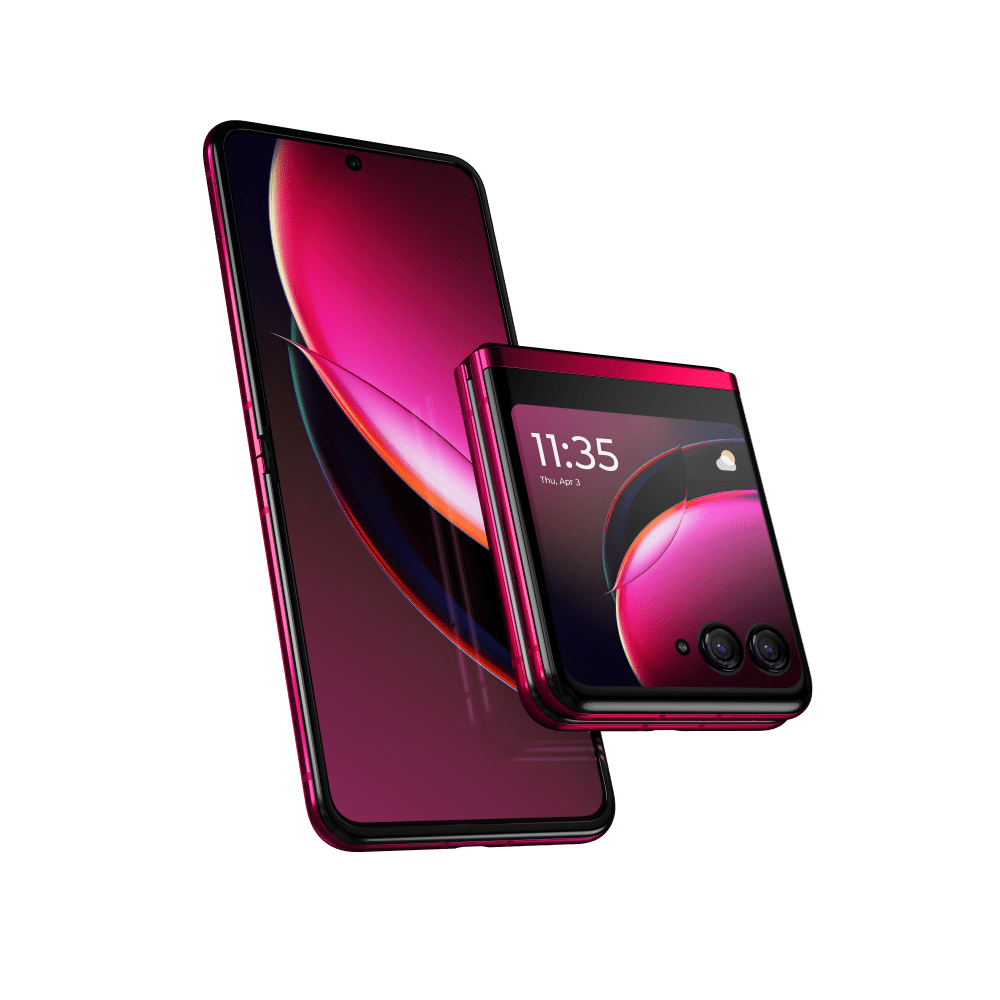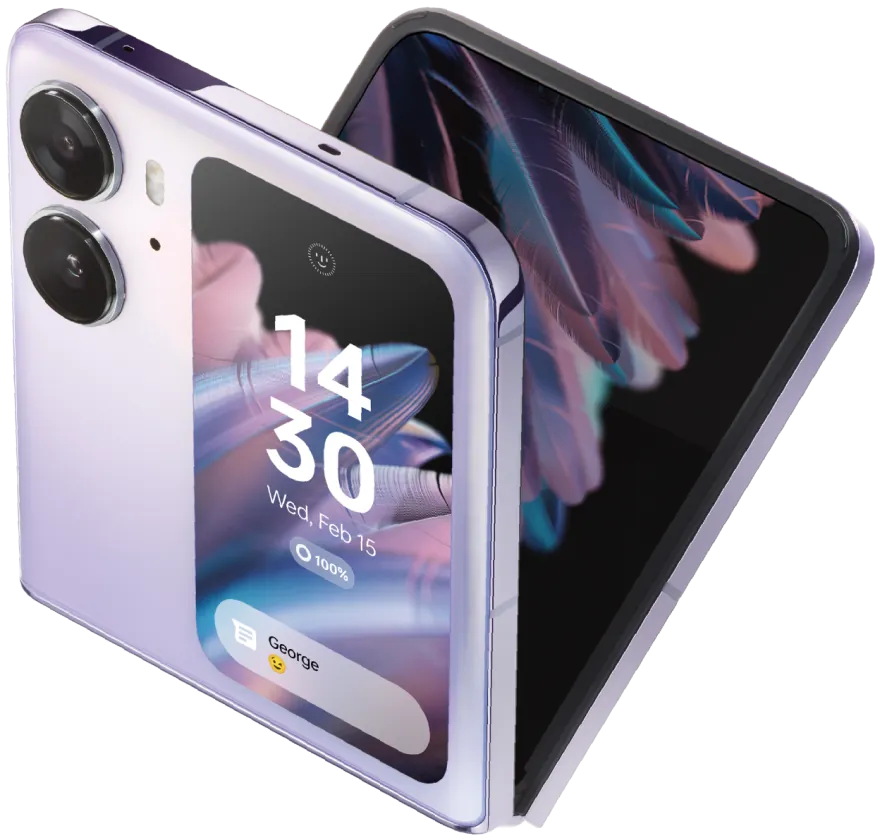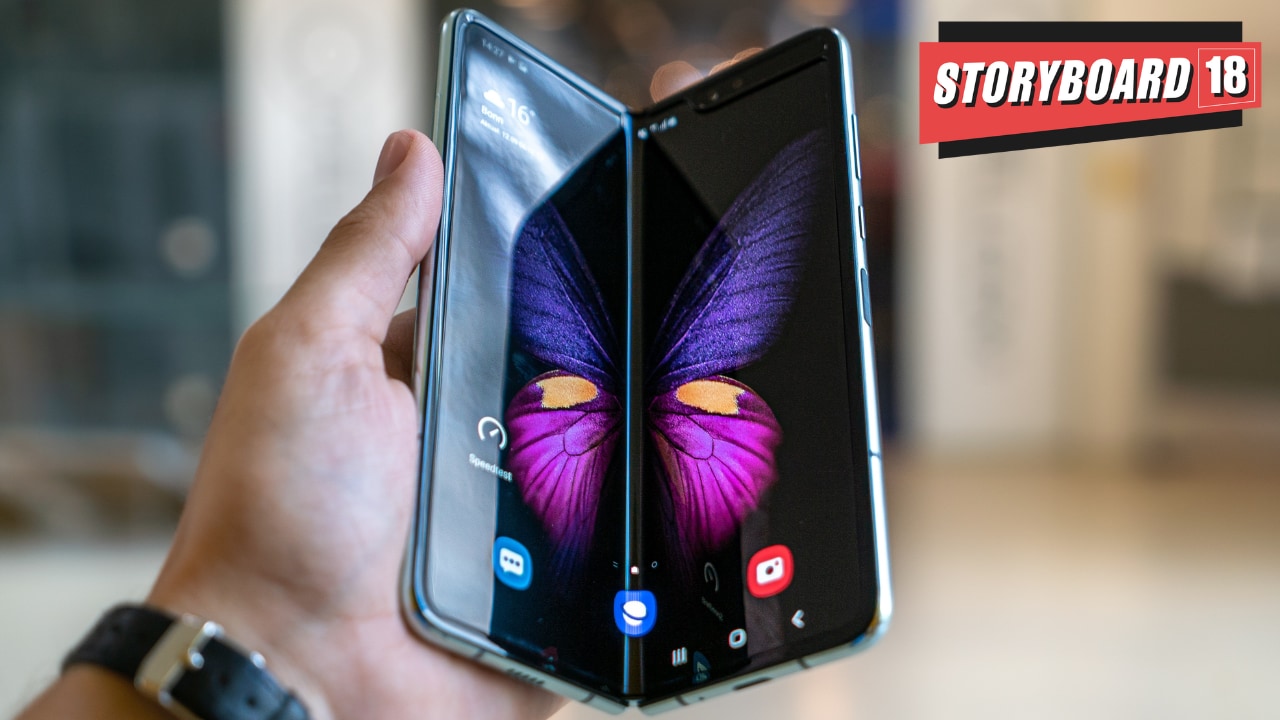Samsung launched its 5th Generation of foldable devices this week Samsung Galaxy Z Fold 5 and Samsung Galaxy Z Flip 5 at Rs. 1,54,999 and Rs. 99,999 respectively. The South Korean brand invited consumers to “Join the flip with the Season 2 of their global campaign created by Weiden & Kennedy last year. The campaign focuses on encouraging consumers to switch from competitors who sell them virtually the same phones every year flashing incremental innovation and invites consumers to ‘Join the Flip Side’ – with its new foldable range. And why not, in the sea of slab phones, foldable to stand out. But how many are buying them?
Brands jumping the ‘fold-wagon’
Folding devices have been on the scene for quite a few years now, but what makes 2023 special is the number of brands that have jumped the folding bandwagon and more in the pipeline. From Oppo Find N2 Flip to Moto Razr 40 Ultra, to the only affordable box style foldable Techno Phantom V Fold, the foldable market is heating up. Even OnePlus is getting in, which could mean some much-needed competition on price. So the market for foldable is heating up.

In less than five years’ time, foldable have gone from gizmos purchased by wealthy gadget freaks to stable everyday use devices. And the outcome is that you get to see users using then in flights, seminars and much more. But the journey has not been so easy. The early models were fragile and wildly expensive. The creases were prominent, hinges creaked and the frames that shattered easily.
Even today the consumers question their durability but big promises are made by the manufacturers. Like a new video was recently shared by Samsung that shows off the Fold phone undergoing stressful durability tests when it comes to folding. The folding test reveals that the Galaxy Fold is capable of withstanding over 2 lakh folds which roughly translates to five years of usage if you fold/unfold 100 times a day. Chinese company Tecno has launched its first ever foldable at MWC 2023, complete with claims of a crease that’s “almost invisible”. Given the consumer concerns around weight of the folding devices Motorola launched their razr 40 ultra which was pushed as the ‘thinnest flippable smartphone’ in the industry when flipped closed.


Increase in the number of users
Owing to the efforts by manufacturers and many smartphone makers jumping onto the foldable bandwagon the global foldable smartphone market increased 64% YoY in Q1 2023, based on sell-in volume, to reach 2.5 million units according to the Counterpoint Research Foldable Tracker and Foldable Insight Report. This is quite significant because the foldable market rose amid a 14.2% year-on-year decline in the overall global smartphone market during the same period. Foldable smartphone markets in almost all major regions, including China, North America and Western Europe, displayed strong growth in Q1 2023. The robust growth in the global foldable market was largely driven by the growth in the Chinese foldable market. Although the Chinese smartphone market declined by about 8% YoY in Q1 2023, the domestic foldable market continued to grow, surging 117% YoY to 1.08 million units.
While the specifications, sizes and designs vary wildly, foldable have been divided into two main types. The larger and the more expensive book-style foldable that opens from a vertical hinge to expose an ‘almost tablet-sized screen’ and the other one is clamshell flip phone with a hinge runs horizontal snaps closed into a smaller form factor.

Interestingly both these varieties have their own devoted consumers. For example the larger book-style phones are positioned as tools to improve productivity, hybrid work and better content consumption. The larger tablet like screen allows usage for spreadsheet and an added tool like the stylus allows usage for presentation etc.
Clamshell folds on the other hand are usually cheaper than the book-style devices. They are appeal is for the budget conscious buyers hence has a ‘massier’ appeal. If you open social media in the next few weeks, it will be flooded by fashion, food and travel bloggers using the newly launched Flip 5.
But in spite of almost 5 years since its revival, the slab phones are still omnipresent and more universal than the foldables. Also there seems to be a stagnation on the ‘real innovation part’ apart from the usual ‘crease free’, ‘lighter weight’ promise that each new device comes with and it is indeed settling into a predictable groove. Just like all the other categories, even this one needs a real-disruptor to grab the attention of the world. We will have to wait a few more weeks to see if OnePlus can pull off for the foldable market what they did almost a decade ago for the smartphone market with their flagship killers.
